Akita Inu - Samurai Dog History
28.03.2020.
The Akita Inu is one of the 6 native Japanese dog breeds that are under the protection of the NIPPO organization for preserving native Japanese dog breeds. There are 5 other native Japanese dog breeds - Hokkaido, Kishu Ken, Kai Ken, Shiba Inu, and the Shikoku. This dog breed is also known by its other names, the Japanese Akita and the Great Japanese Dog.
This dog breed has two strains, the Japanese and the American. These two are technically two different breeds, and they are registered as two separate breeds in the whole world except the USA. There, they are considered to be the same breed with two varieties.
Origin of the name
This breed got its name the same way the other native Japanese breeds got theirs. The word Inu in the Japanese language means dog. The Akita part of the name is from the Akita prefecture in Japan, where they are originally from.
This prefecture is located in the northwest of the country of Japan in the Tohoku region on the Japanese Honshu island, and its capital is the city of Akita.
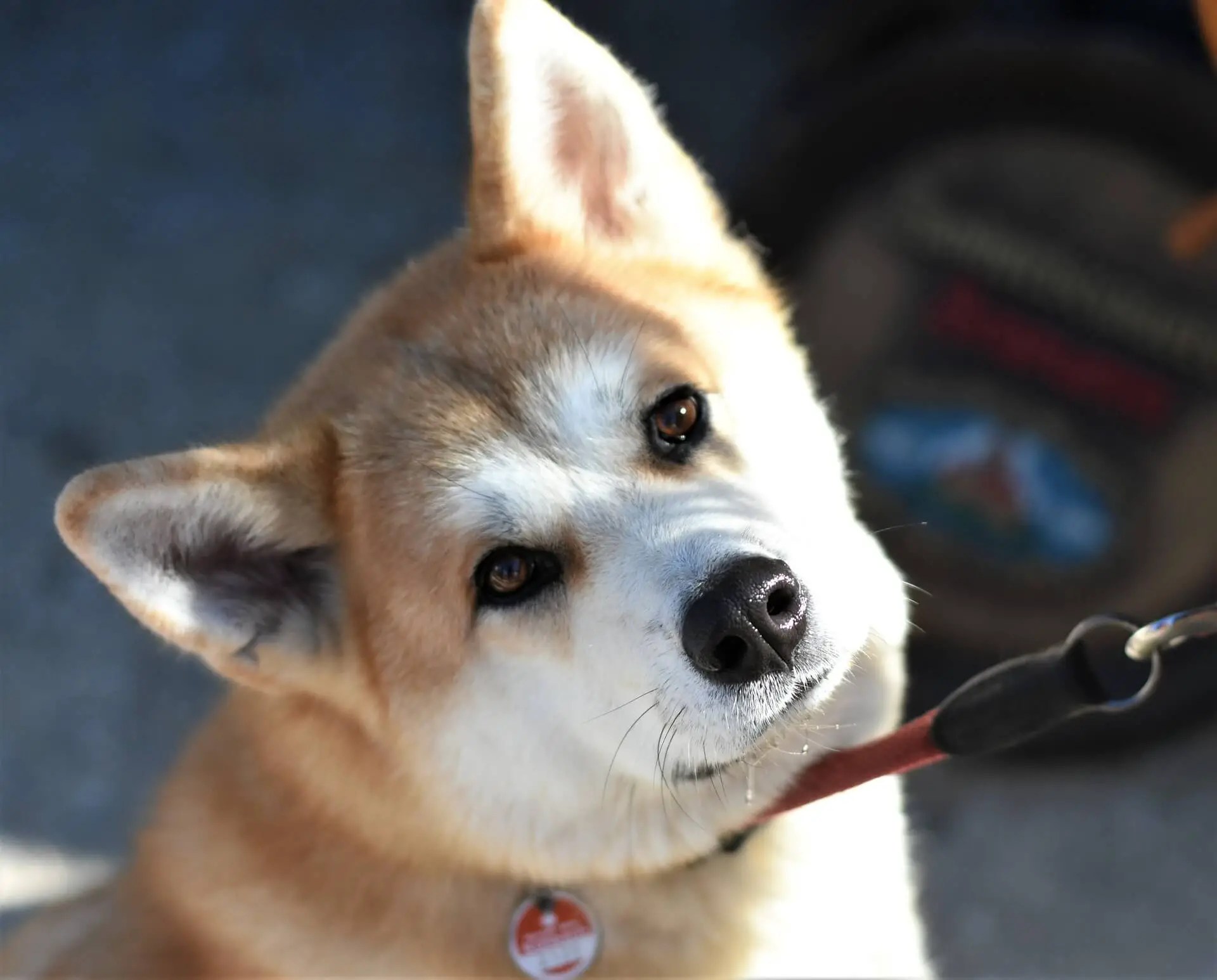
Akita Inu history
The history of all the native Japanese dog breeds started a long time ago, and Akita Inu is not an exception. Akita Inu's history started nearly one thousand years ago in the north of Japan, where their origin lies.
Akita has a thick coat which makes a lot of sense since their main place of origin, the Akita prefecture, has harsh winters and a lot of snow during winters. They have developed a thick coat to protect themselves against harsh winters and weather conditions.
This breed's ancestor was the historic Japanese breed called the Matagi Inu, and Matagi was an incredible hunting dog. They were mostly used for hunting the Japanese black bear, deer, and other big game.
The times in Japan started changing, as did the jobs these dogs were primarily used for. Riots started happening, and soon there was a smaller-scale civil war in the north of Japan, and these dogs went from primarily hunting dogs to being mostly used as guard dogs.
Golden age
The highest point in history for this dog breed happened when Japan's fifth shogun Tokugawa Tsunayoshi came to power in the year 1680. He completely changed the position dogs had in their society. He put in place laws that forbid everyone to treat dogs badly, and he had a special interest in the Akita dog breed. He even issued the Law of Compassion called the Shorui Awaremi no Rei.
These laws stated that anyone who treated animals with cruelty and caused them harm should be imprisoned or even executed. Tsunayoshi even issued a formal way to address and speak about the dogs in a highly respectful way. This was called the “o-inu-sama”, which translates roughly to Great Mr. Dog. At this time, the Akita stopped being a peasant dog and climbed the social ladder and in some cases, they even had their own homes with servants. They became the dog companions of the samurai and followed them throughout their lives. The Japanese noblemen and royalty also got interested and started to keep a lot of dogs on their estates and houses.
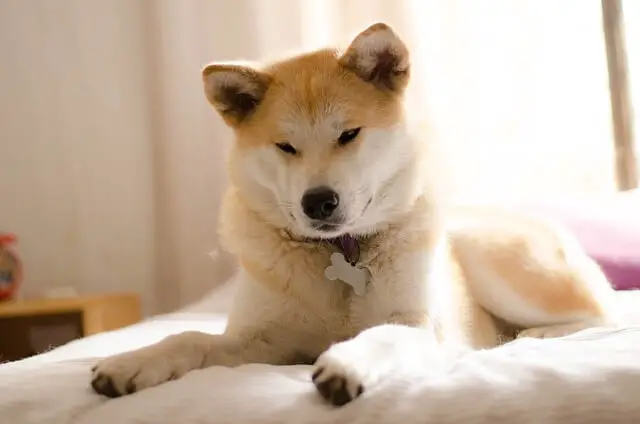
The Downfall of Akita
This Golden age of Akita Inu history could not last forever, as it is with most things in life. These good times lasted about 200 years, but in the time of the Meiji restoration, everything changed for this breed.
During these times, the samurai warriors became obsolete, and dogfighting was starting to develop to tame their bloodlust. The most popular dog breed for that “sport” was the Tosa, and Akita's popularity dropped. Soon enough, the Japanese started crossbreeding the Akita with other, more muscular, and aggressive dogs so they could become better suited for the rings.
The breed that was the result of that breeding was far from the original Akita dogs from the golden age that happened 200 years earlier. The breed became bigger and more muscular, sometimes even lacking upward ears.
The worst year in the history of the Akita Inu dogs was the year 1910. Japanese government implemented a “dog tax,” and as a direct result of that law, many Akitas were killed to avoid paying the tax. On top of that, there was a widespread of rabies and that brought this breed to its knees.
The restoration
It is always the darkest before dawn, which was one of these situations. The turn in this breed’s history happened in 1927 when the Akita Inu Hozonkai (AKIHO) was founded. The AKIHO was focused on preserving this breed's standard, and they forbid all crossbreeding. Through their efforts, the Japanese government declared Akita Inu a Natural Japanese Monument, and these dogs became legally protected.
People invested in this breed's restoration started gathering information about the remaining pureblood dogs. They slowly started purchasing and breeding the remaining Akitas from remote villages to keep a proper database and avoid inbreeding.
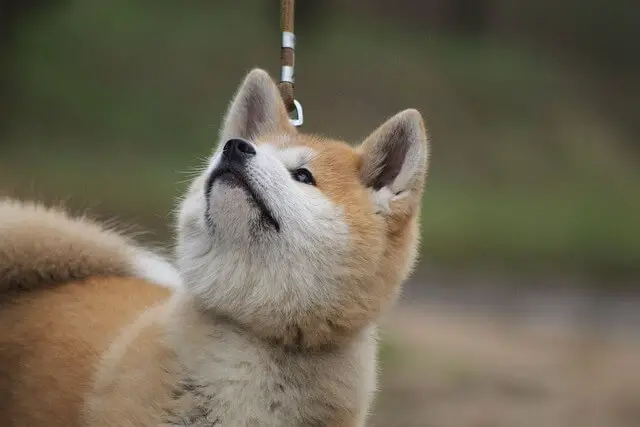
That was the official start of the revival of this native Japanese dog breed. The AKIHO started getting traction, and people started breeding more and more of these dogs. Much of the AKIHO's good work was thrown away when the Second World War started and these dogs, along with Japanese people, became victims. Soldiers were interested in this dog breed because of their warm fur and meat.
Immediately after the war had finished, dog breeding was forbidden. Against the official orders, some Japanese noblemen led by Ichinoseki Kuniro started breeding and continued to work on the restoration of the Akita Inu dog breed. As we can see, they achieved great success.
While the USA occupied Japan, the American soldiers started developing an interest in the native Japanese dog breeds, and Akita was no exception. They wanted to buy or adopt a pureblood dog from Japan, and it is said that a US soldier bought an Akita from a Japanese man only known by his nickname Ito. Little did he know that that was not a pureblood and was mixed with other dog breeds.
The soldier took the dog to the US, and so began the history of the American Akita. Since then, the Japanese dog breed made a full recovery and is now gaining in popularity across the globe.
World Dog Finder team

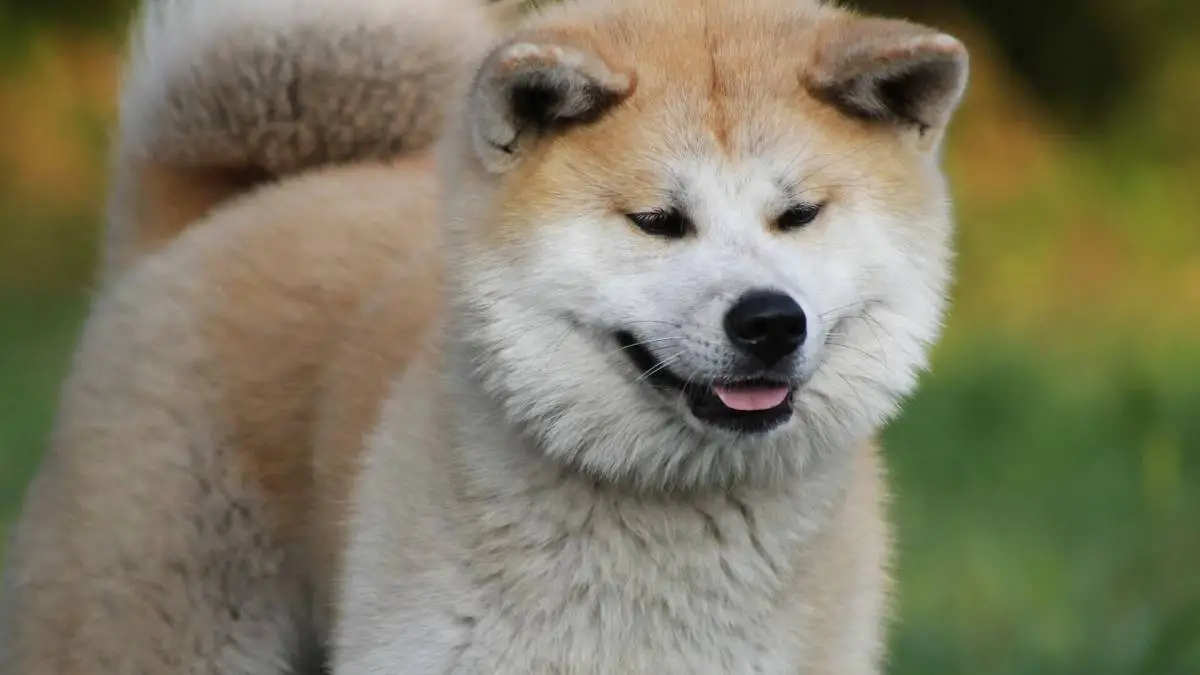

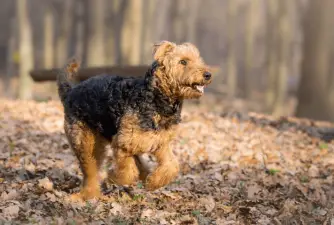
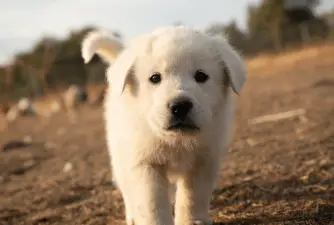


Share